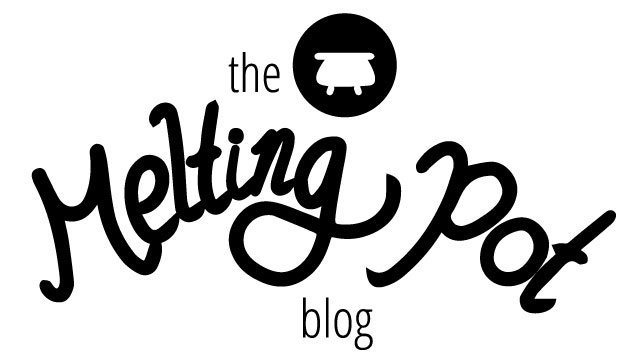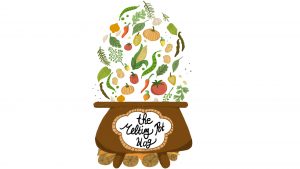South Korea
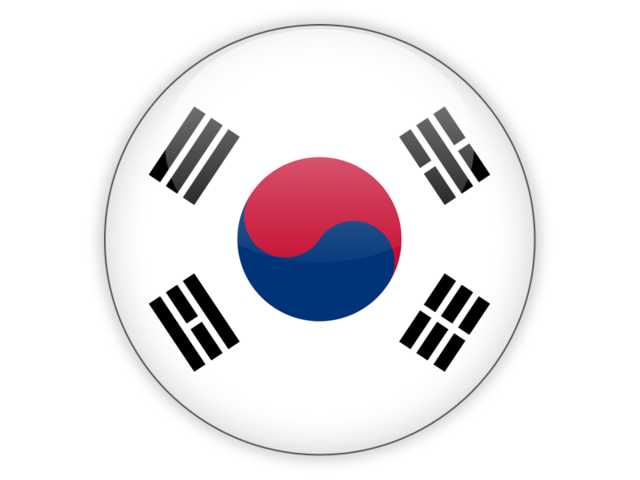
South Korea, was respectively known as Goryea and Joseon. It is situated in East Asia and occupies the southern section of the Korean Peninsula.
Korean or Hangul is the official language spoken. South Korea consists of mountains, hills, Islets & coastal plains. The coastline spans 2,413 km along the Sea of Japan & the Yellow Sea. Whilst also boasting an impressive 3300 Islets rich in fauna and flora.
South Korea's Ancient Food History
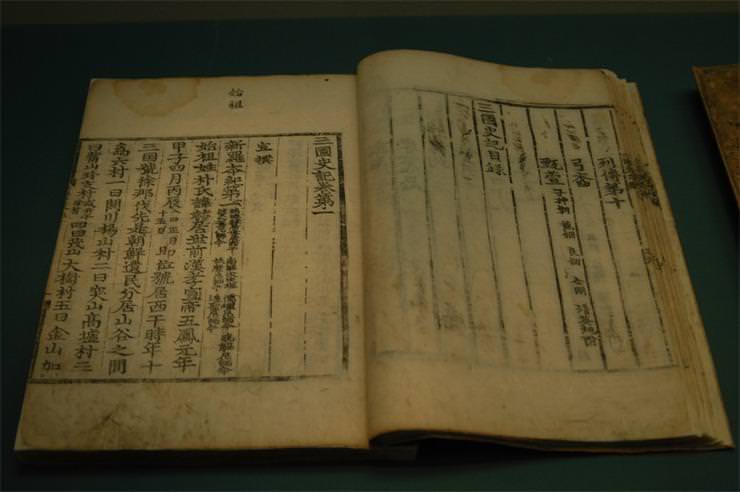
The three Kingdoms Period is considered as a particularly rich time. During this period, a cultural exchange was happening between these Kingdoms.
In the North, the Goguryeo Kingdom's diet consisted of grains like millet, rice. and barley. Vegetables such as cabbage and radish was made into kimchi. Any meat added to their diet was through hunting.
The Southwestern region was ruled by the Baekje Kingdom. Which has a coastal region, that provided a variety of seafood. Therefore Baekje cuisine is known for its fish, shellfish, and seaweed dishes.
Last but not least. The Silla Kingdom, raised livestock in the Southeast. Their terrain was favourable for agriculture and livestock. Therefore, farmers had the perfect land to be able to tend to their chickens, cattle, and pigs.
The Three Kingdoms, shared ingredients, cooking techniques and traditions. Together, they have created the building blocks of South Korean cuisine.

The Goryeo Dynasty, known for paying attention to detail. This was especially reflected in the Royal Food courts. Sometimes, food and art was combined as food presentation was taken seriously.
During this period, the Goryeo Dynasty formed a political allegiance with the Chinese Emperor. Which created the next big cultural exchange. Buddhism spread to China through India, reaching the Goryeo Dynasty. Therefore changing the way people ate, as Buddhist are strictly vegetarian.
In addition, the introduction of culinary techniques and new ingredients created a lasting impact on Korean cuisine today. For example, recipes such as noodles making from wheat or potato starch became popular in dishes such as Jajangmyeon (black bean noodles) and Japchae (stir-fried noodles). Steaming techniques were introduced through dumplings, buns, and seafood recipes.
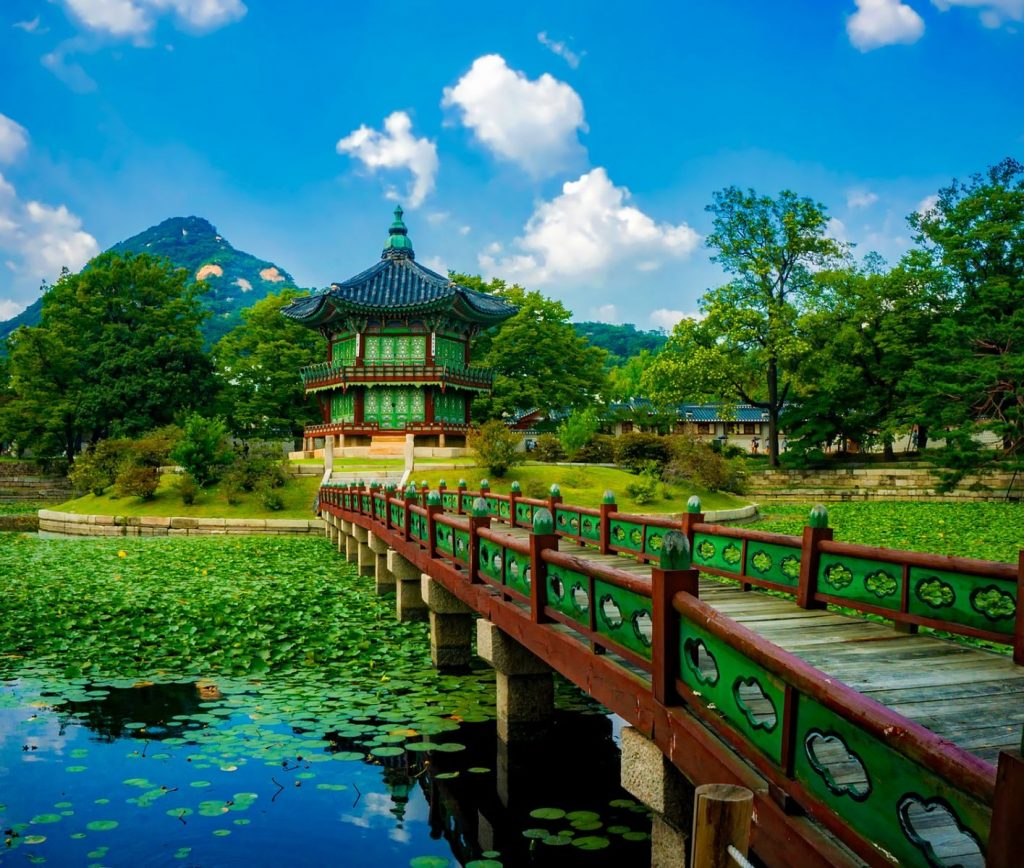
The Joseon Dynasty ruled for over 500 years. A period of significant developments. Confucius, born in 551 BCE is considered to be a Chinese sage. Whose teachings influenced the Joseon Dynasty in every aspect. As Confucius believed that it is a leaders moral duty to lead by virtue. Teachings of balance, moderation, and taking responsibility for every area of ones life are principles that governed daily life. So therefore it is no surprise, that these principles applied to their diet also. Buddhism continued to be practiced, and vegetarian temple meals were made with tofu, wild greens and grains.
Like today, fermented foods such as chili paste, soy bean and kimchi were a staple. Tea ceremonies were being practiced during this time and rice was eaten in various forms.

Lorem ipsum dolor sit amet, consectetur adipiscing elit. Ut elit tellus, luctus nec ullamcorper mattis, pulvinar dapibus leo.
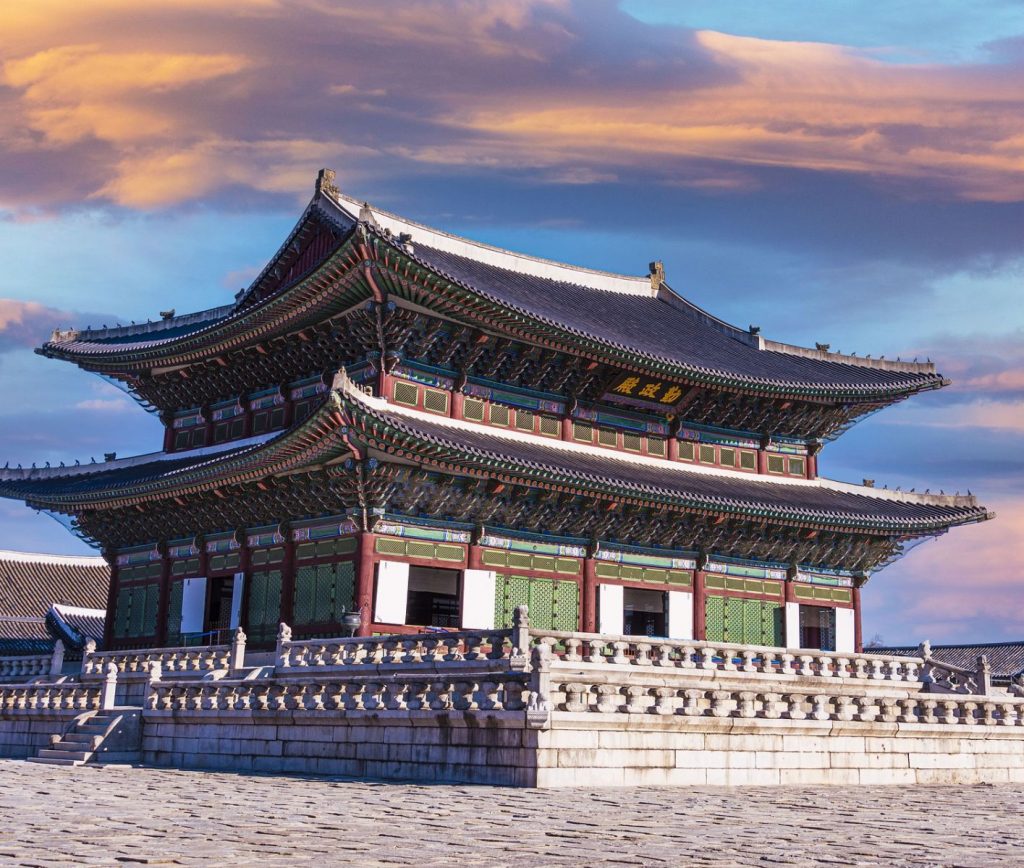

Food In Korea Today
Lorem ipsum dolor sit amet, consectetur adipiscing elit. Ut elit tellus, luctus nec ullamcorper mattis, pulvinar dapibus leo.
Popular Korean Recipes
- Kimchi
- Bibimbap
- Tteokbokki- Red rice cakes
- Bulgogi
- Jajangmyeon
- Samgyeosal
- Korean Fried Chicken
- Bibin Nengmyun- Spicy Cold Noodles
- Samgyetang- Ginseng Chicken Soup
- Soy Sauce Crab
- Gimbap
- Gamjatang
- Haemul Pajeon
Sources: https://www.thoughtco.com/geography-of-south-korea-1435521#:~:text=It%20has%20coastlines%20along%20the,6%2C398%20feet%20(1%2C950%20m).

Ancient Egypt: The Afterlife.
Canopic Jar- Containing intestines, lungs, stomach & liver. There isn’t a person in the world that hasn’t thought about the possibility of life after death
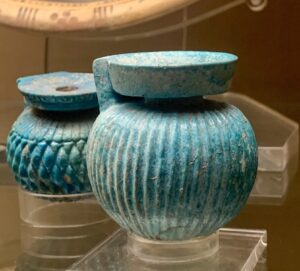
Make Your Own Perfume: Scent Of The Ancients
Make Your Own Perfume: Scent Of The Ancients Making your own perfume is much simpler than you would have thought. The Ancient Greeks, Romans, &
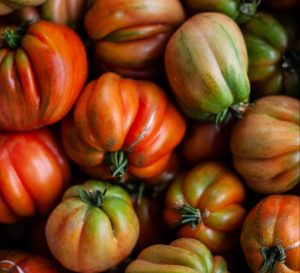
The Travelling Tomato
The Travelling Tomato Botanical Name : Solanum lycopersicum Also Known As : Xitomatl, Tomate, Love Apple What Is A Tomato ? A fruit that belongs
Top 5 Salts From Around The World
Top 5 Specialty Salts From Around The World 1. France, Fleur De Sel Lorem ipsum dolor sit amet, consectetur adipiscing elit. Ut elit tellus, luctus

Top 5 HOT Sauces From Around The World
TOP 5 Hot Sauces From Around The World Hot sauce! you either hate it or love it, or love it AND hate it! Chillies made
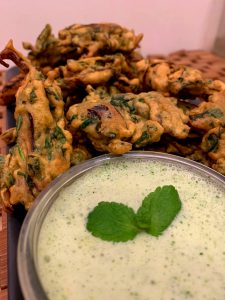
Top 5 Delicious Fritters From Around The World
Top 5 Easy Fritters, From Around The World Lorem ipsum dolor sit amet, consectetur adipiscing elit. Ut elit tellus, luctus nec ullamcorper mattis, pulvinar dapibus
